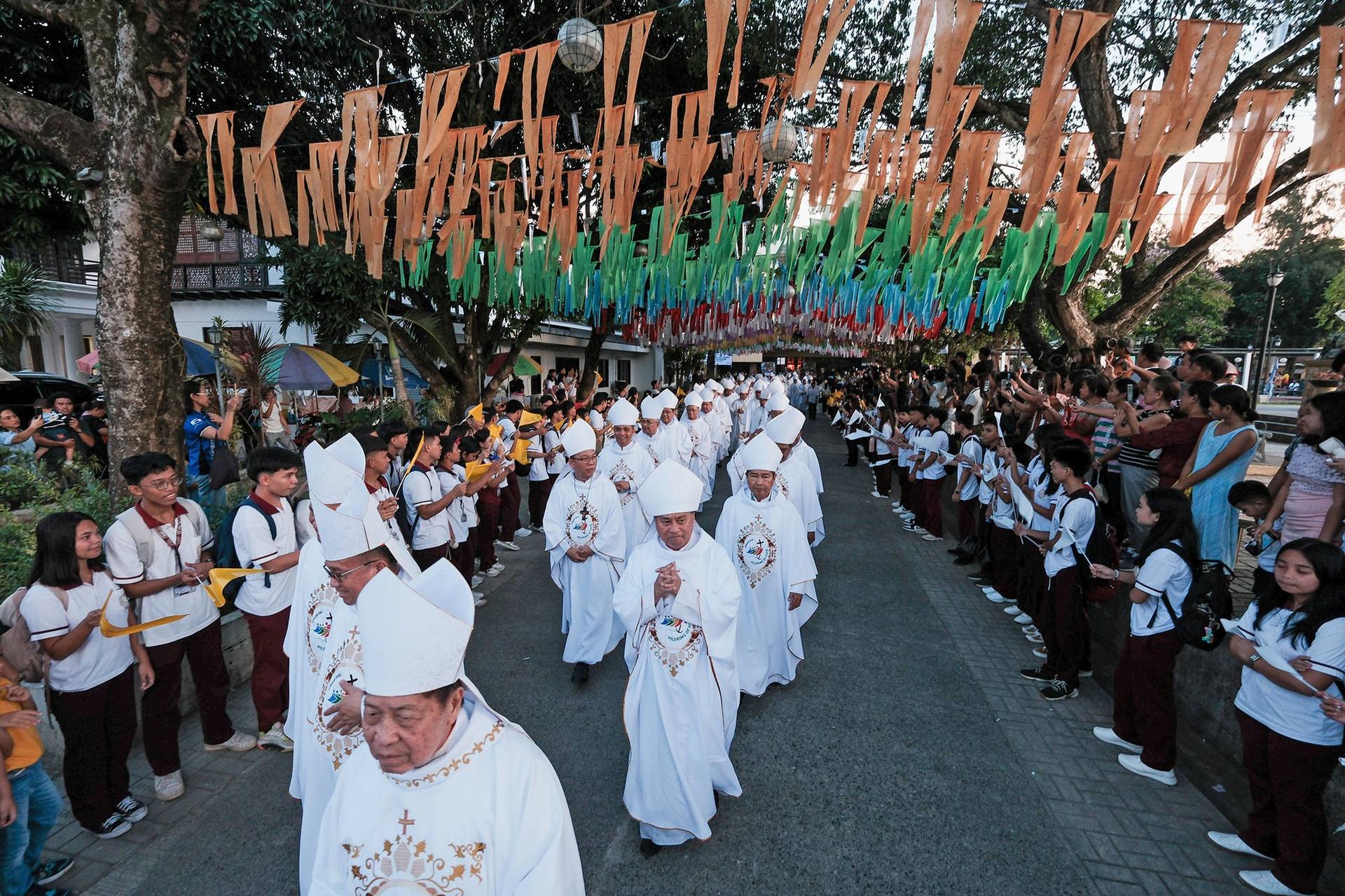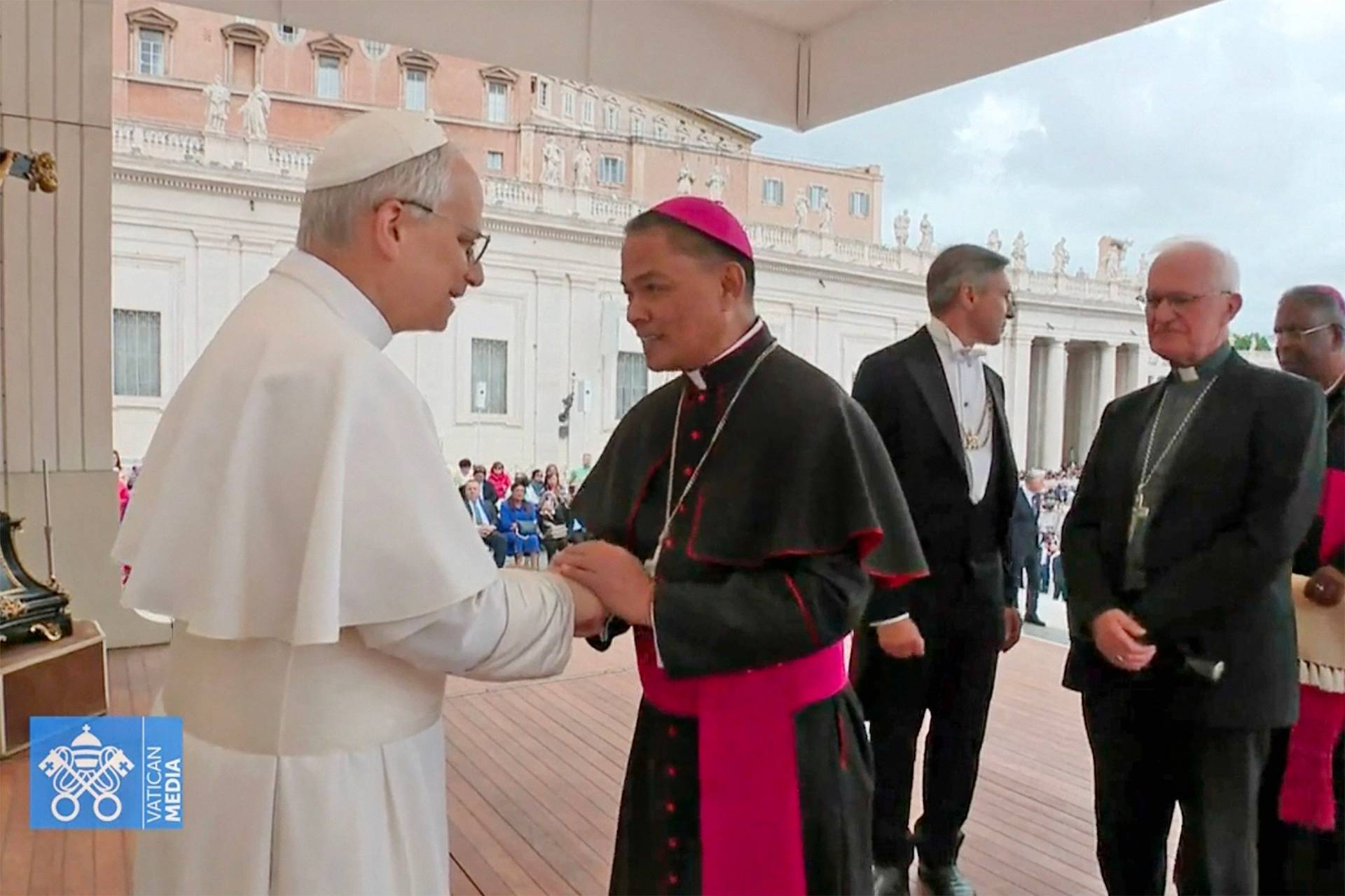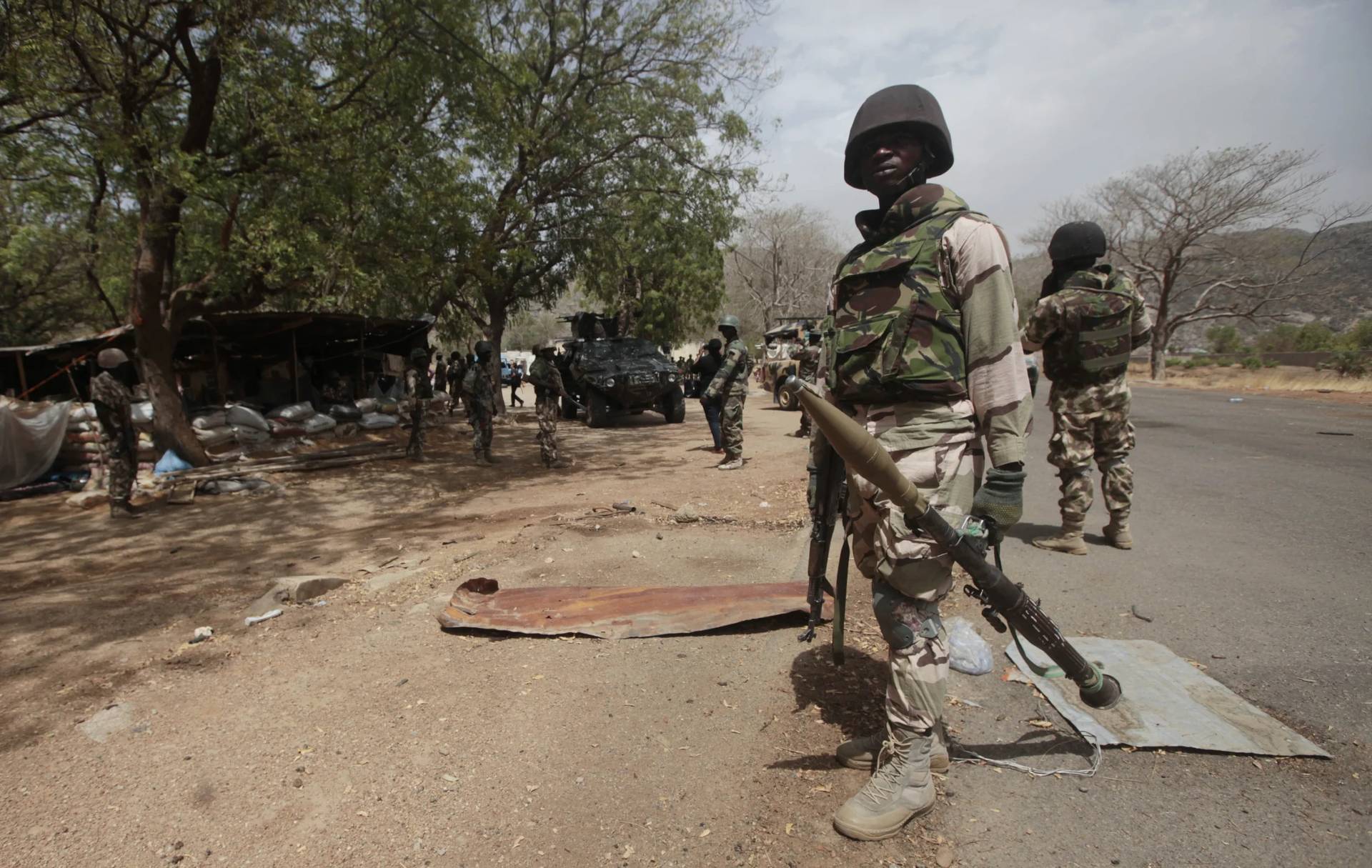MUMBAI, India – A Christian teenager in India was murdered after being accused of practicing witchcraft.
15-year-old Samaru Madkami , a member of India’s marginalized Tribal community lived in the village of Kenduguda in Malkangiri district, located in the state of Odisha.
“He was taken from his home on the night of June 4 and killed by men of his own village,” Father Dibyasingh Parichha – the director of the Justice, Peace, Development and Communication Commission of the Archdiocese of Cuttack-Bhubaneswar – told Crux.
The priest said Madkami belonged to a family that had recently converted to Christianity and faced hostility, scorn and ridicule by the villagers because of their Christian faith. The family is one of three Christian homes in the village, which has about 14 families belonging to the Koya tribal group.
Unga Madkami, the boy’s father, filed a report with the police the next day, and six people were arrested on June 5. on the next day, which prompted a quick investigation by the local police. The accused confessed to killing the boy because they suspected him of ‘witchcraft’ and held him responsible for several deaths in their village.
“This Tribal boy was not practicing witchcraft, these are false and baseless allegations,” said Archbishop John Barwa of Cuttack-Bhubaneswa.
“He was just a teenager; besides, two others were called by the locals on the night of June 4th on the pretext of a meeting,” he told Crux. “They were taken to the outskirts of the Kenduguda village, Malkangiri district, the men tried to kill all the three. While two managed to escape, Samaru was battered to death, on accusations of practicing witchcraft.”
The archbishop noted the village is in a remote area hear the border with the Indian state of Andhra Pradesh.
“There is a lot of tension in this area for our Tribal and Dalit Christians. It is not uncommon for our people to be falsely labelled as practitioners of witchcraft or even being Naxalites,” he said, referring to a group of Communist militants.
The police exhumed the body in the presence of a magistrate and said the boy had an injury on the neck, “likely to have been caused by a sharp weapon and throttling,” and officials dismissed media reports that the body had been mutilated.
“At least 22 cases of Christian persecution, including murder, have been reported in Odisha in 2019. Eight cases, including the latest incident, have been recorded since January 2020 till date,” Parichha said.
“In Malkangiri district, 14 religion-based killings of Christians in a span of 2 to 3 years. These statistics rank Odisha at number 10 among the list of hostile states towards Christians in India,” the priest said.
The police have formed a ‘peace committee’ in the village to stop rumors causing disharmony in the area. The committee has also been tasked with explaining to the villagers that the recent deaths there had nothing to do with witchcraft and are being investigated by a team of doctors.
Odisha – known as Orissa until 2011 – was the first state in India to pass an anti-conversion law, and was the location of the 2009 Kandhamal anti-Christian pogrom, which left roughly 100 people dead, thousands injured, 300 churches and 6,000 homes destroyed, and 50,000 people displaced.
Just under 80 percent of India’s population is Hindu. The largest religious minority are the Muslims, who make up nearly 15 percent of the people, while Christians are only 2.3 percent. There are also a number of Sikhs, Jains, Buddhists, Zoroastrians, and members of the Baha’i faith.
Although Christians are a small percentage of the people, they enjoy an outsize degree of visibility and respect, in part because they operate many of the country’s best-regarded schools, hospitals and social service centers.
Hindu nationalists often accuse Christians of using force and surreptitious tactics in pursuing conversions, often storming into villages and leading “reconversion” ceremonies in which Christians are compelled to perform Hindu rituals.
Conversion to another religion requires extensive paperwork. For the Catholic Church, adherence to these laws is taken seriously, even if the process is onerous. However, poor and lower-caste Indians often convert to smaller denominations, and face obstacles when they try to follow the conversion laws.

















